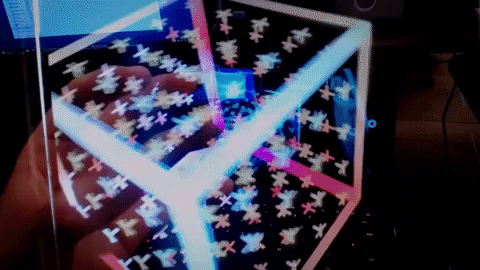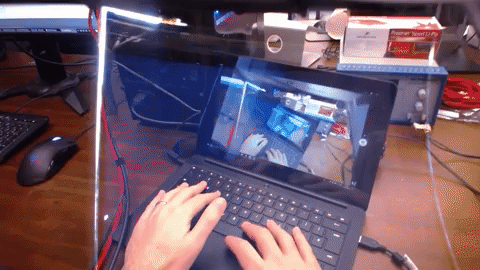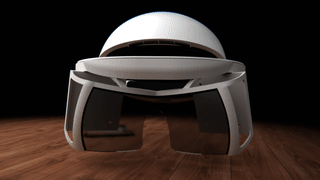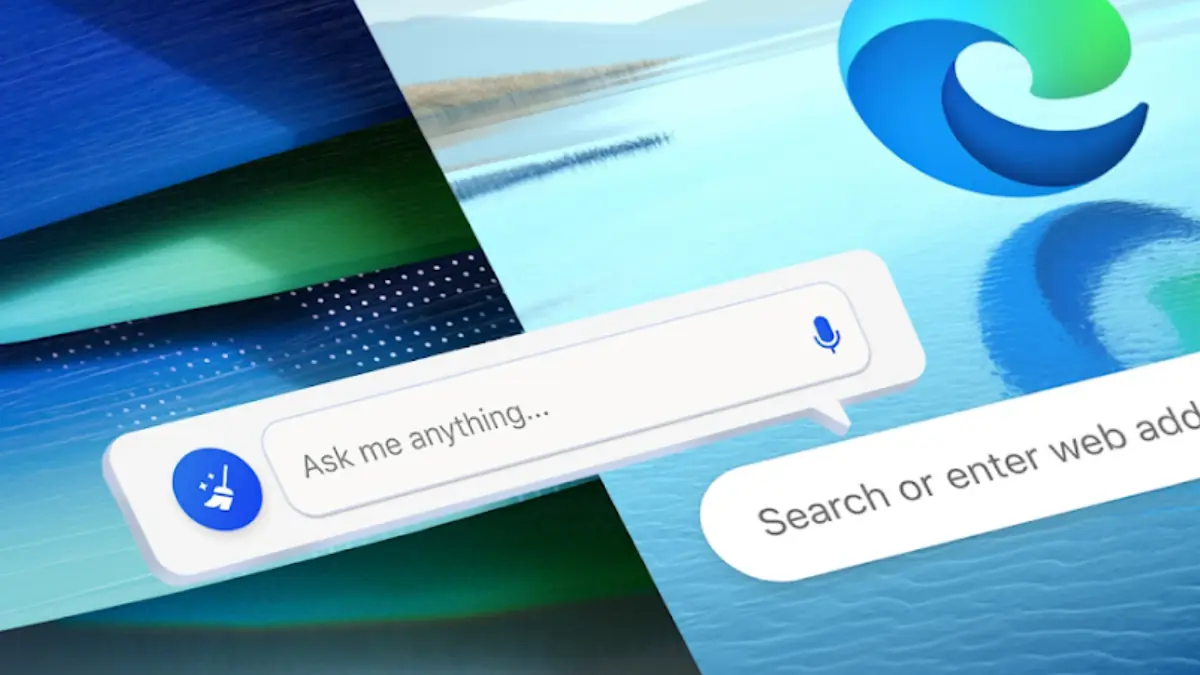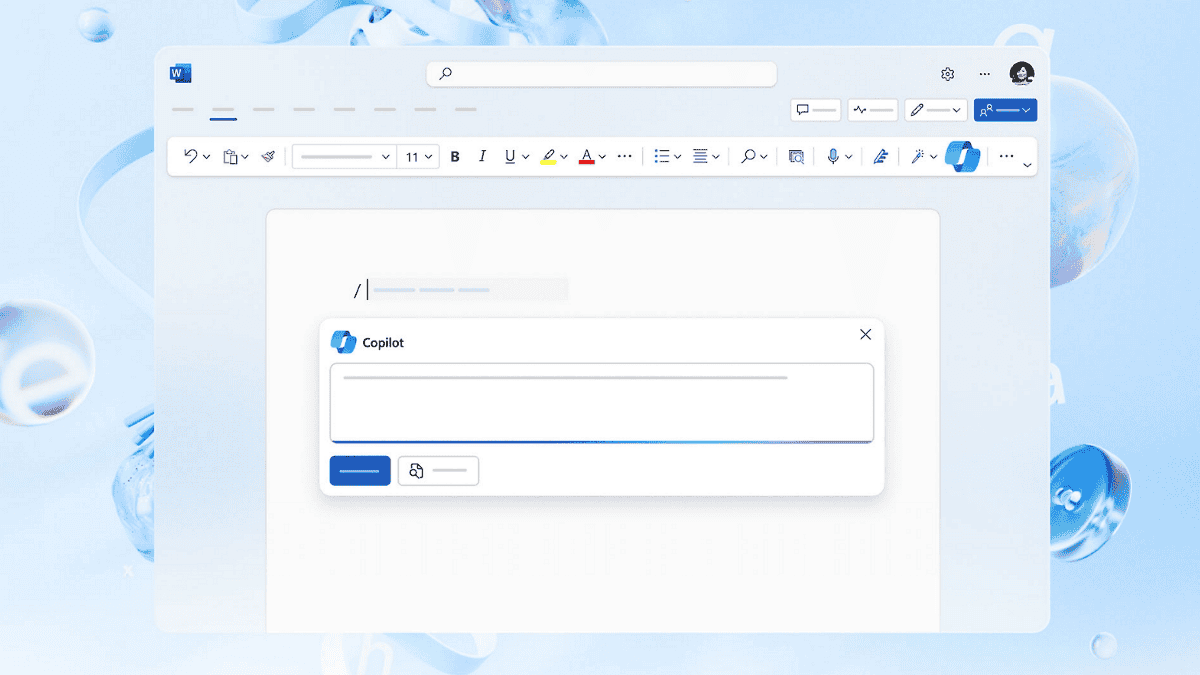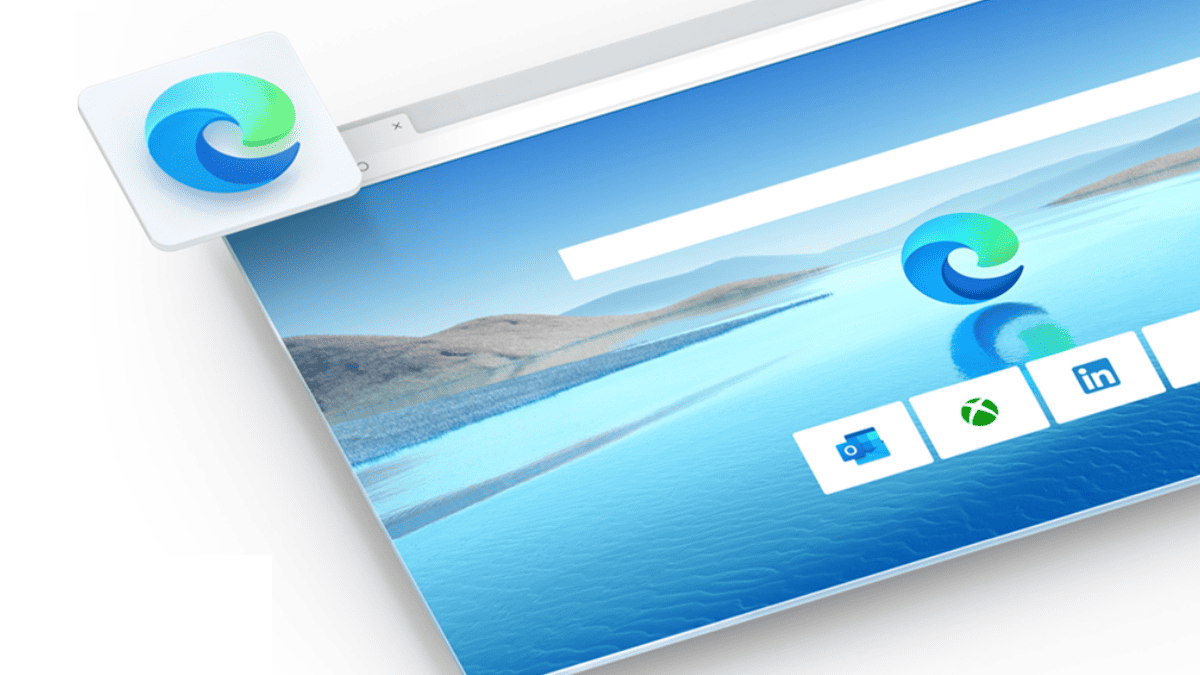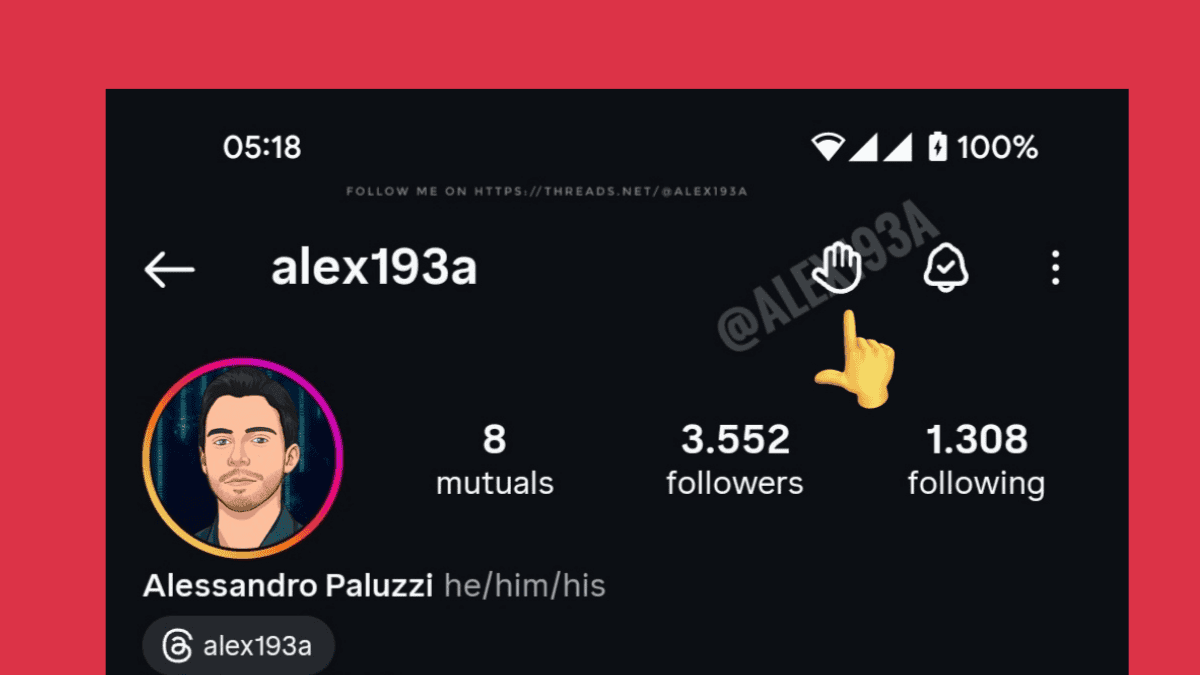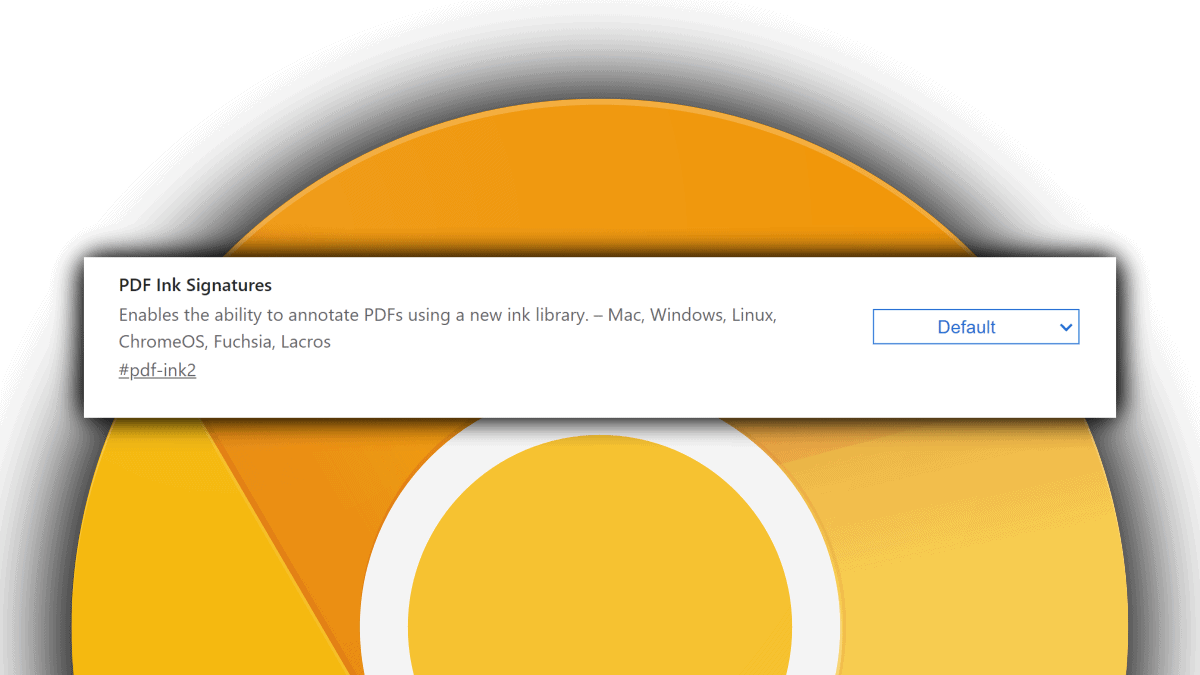Leap Motion shows off a stunning AR user interface for Project North Star
2 min. read
Updated on
Read our disclosure page to find out how can you help MSPoweruser sustain the editorial team Read more
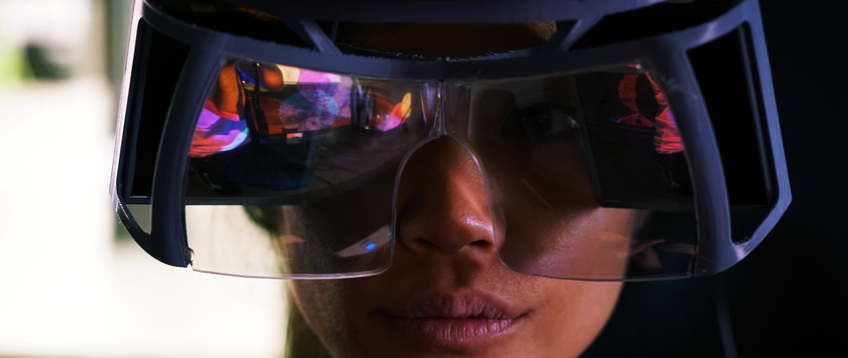
Leap Motion, whose speciality is hand tracking, recently announced a full AR platform called Project North Star. They have since been posting teasers of how the headset is meant to work on their twitter account and what they have revealed so far appears pretty stunning.
In their latest video, they show off an interface concealed in a small iPhone X-like tab on your desk which expands into multiple expandable windows which can either float or be placed on your desk and which responds naturally with some physics-based interactions to touches and being moved. The most impressive feature is of course occlusion, where parts of the user interface are hidden when your hand is in front of it and revealed when your hand moves behind it as if the graphics occupy a real position in space.
Another day at the augmented office. Our latest foray into #AR design with #ProjectNorthStar makes your entire world interactive. pic.twitter.com/SB8SNidbCG
— LeapMotion (@LeapMotion) April 24, 2018
Leap showed another take on this 3 weeks ago, where the interface is anchored on your hand.
The key, of course, is Leap’s 180-degree low latency hand tracker. Leap has earlier announced a full platform design which they hope to license but not produce themselves.
Leap Motion’s AR headset features two ultra-bright, low-persistence 1600×1440 displays pushing 120 frames per second with a large visual field over 100 degrees in diameter. It may also eventually feature:
- Inward-facing embedded cameras for automatic and precise alignment of the augmented image with the user’s eyes as well as eye and face tracking.
- Head-mounted ambient light sensors for 360-degree lighting estimation.
- Directional speakers near the ears for discrete, localized audio feedback
- Electrochromatic coatings on the reflectors for electrically controllable variable transparency
- Micro-actuators that move the displays by fractions of a millimetre to allow for variable and dynamic depth of field based on eye convergence
Of course in the end tech demos are the easy part, and the hard part is actually getting the technology to market at an affordable price and with the same performance as the demos. So far, Microsoft’s HoloLens is the only notable AR headset in the market, but with 2015 technology we are sure a version 2, if and when it arrives, will also offer significant improvements.
Via VRFocus

